Unauthorized access to the file system of an iPhone, iPod Touch, iPad, or Apple TV, possible through exploits that exploit Apple's security vulnerabilities. Access to system files and folders allows the user to manage their content and install applications from third-party sources
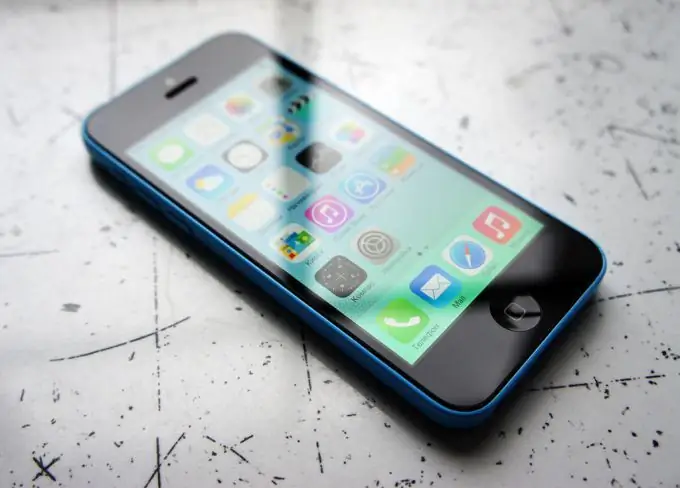
What is Jailbreak?
"Jailbreak" (English jailbreak - "jailbreak") means "exit" of the device outside its "cell". Initially, the metaphor of a jail, or jail, refers to the UNIX operating system, in particular the FreeBSD jail - autonomous virtual "jails" within a single FreeBSD operating system.
Jailbreak is an iOS jailbreak procedure that allows a user to gain unauthorized access to the file system of Apple devices. An interesting jailbreak is performed by identifying Apple security vulnerabilities, allowing the user to gain access to previously inaccessible system files. After jailbreak, the owner of an iOS gadget can manage the contents of the file system and install various programs from third-party app stores, in addition to the main one from Apple (App Store). Users of "jailbroken" iPhones and iPads, as before, have access to all functions of the device, including iTunes and the App Store.
Many manufacturers of smartphones, tablets, game consoles use technical means of copyright protection (DRM - Digital rights management) on their devices. DRM control systems restrict the user in managing software, primarily for security purposes. Jailbreak is a “jailbreak” of devices that allows you to avoid DRM restrictions and modify the operating system of your device.
For the first time, the term "jailbreak" iPhone hackers used in relation to iTunes and the ability to escape its control. Since then, the concept has expanded and is now applicable to the process of hacking androyd platforms, also known as rooting.
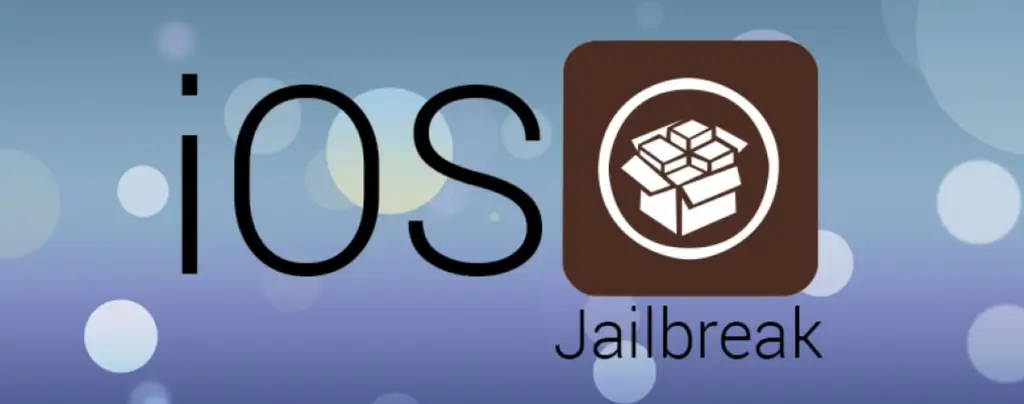
What is jailbreak for?
The main principle of Apple is centralization. The iOS file system is closed to the user, and app developers must adhere to Apple's strict guidelines to get into the App Store. To a certain extent, these constraints exist to enhance security and maintain the overall quality of applications. On the other hand, they give rise to a desire to try the hidden capabilities of your device's operating system or to individualize it for your own needs.
Technical highlights
The iOS operating system is designed in such a way that all launched applications are executed on behalf of your user. At the same time, the launched applications cannot make some calls to the system kernel and have limited access to directories. Whatever program is installed on the iPhone or iPad, it will be able to manage only the memory allocated for it, and it will not be able to interact with other applications.
The only exceptions are photos, videos, contacts and music, but in any case, the application will have limited access to them. All data can only be changed by a system process, which has unlimited possibilities, unlike an installed application.
Accordingly, if an application does not have administrative access, then it cannot manage system processes. In other words, system processes can do whatever they want, and applications perform only certain functions and nothing more.
One of the most important system processes is the "list of installed applications", which makes sure that all applications are installed exclusively from the App Store. Jelbreaking can remove this restriction by using the "setuid" bit on executable files, or simply by weakening the permissions on some file directories on the device.
So, here are all the possibilities that this operation provides:
- It becomes possible to use applications from the PC side, which means getting full access to the device's file system;
- It becomes possible to add third-party software from third-party sources, for example, from Cydia. This feature allows you to install software that breaks the "baseband protection", which in turn opens up a lot of useful things, for example, UnLock is possible for Verizon, AT&T, etc.;
- It becomes possible to install a BSD subsystem, which provides SSH access to the smartphone and opens the command line. By the way, the latter may also be needed when decoupling the smartphone from the operator.
- Optimization
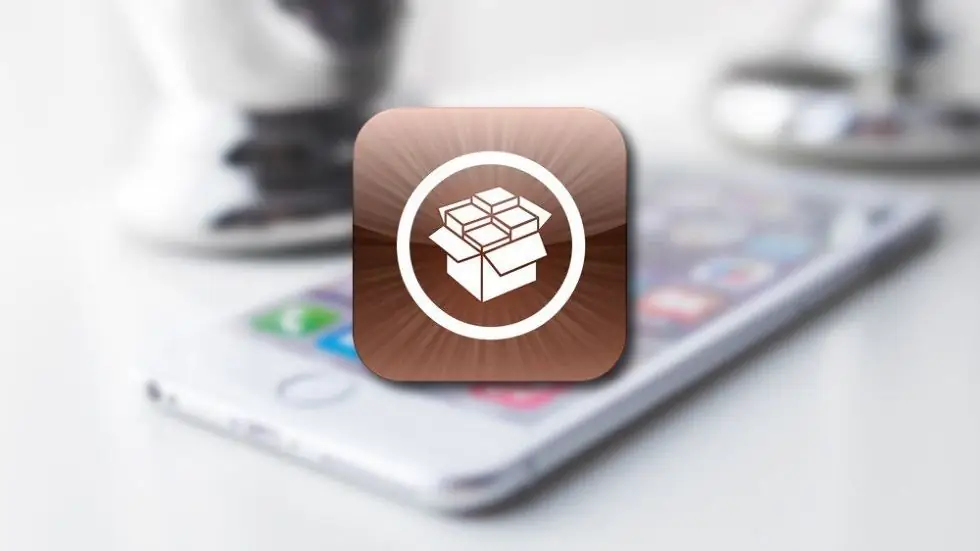
Jailbreak types
Tethered jailbreak
A tethered jailbreak will expire when the device is restarted. Without repeated "jailbreak", the device will most likely not work, "hang" at the stage of loading "native" characteristics, or will not work correctly. To re-launch the jailbreak, you will need to connect the device to your computer and re-launch the jailbreak utility.
Untethered jailbreak
Untethered jailbreak remains after turning off the device. The device will load the modified operating system without re-jailbreaking and connecting to the computer. Cons: For most Apple models, access to the system files of the new firmware requires a new exploit that requires time and experience from developers.
Semi-tethered jailbreak
With a semi-tethered jailbreak, the device will turn on, but with the original settings. The user will be able to use the basic functions of the device - call or write messages, however, for any other actions that require running the modified code, the device must be "jailbroken" again.
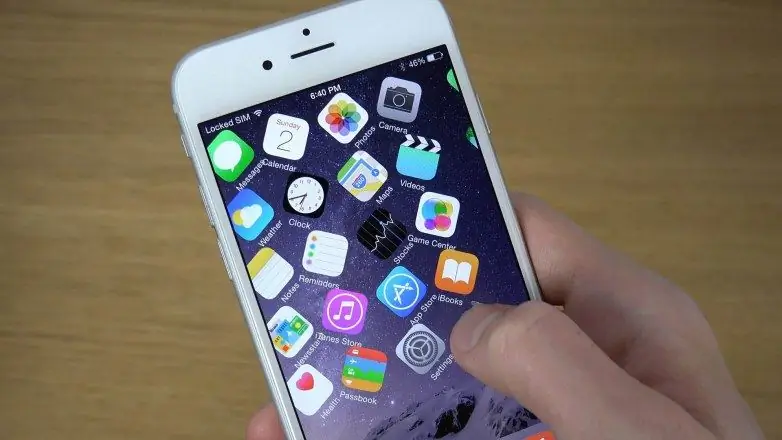
Advantages and disadvantages
Pros:
- Availability of the Additional application store Cydia (McDigger). Most Apple users decide to jailbreak just for the sake of Cydia, which provides the ability to download free applications distributed in the App Store for a fee.
- Customizing the iOS interface and functionality to your taste. Jailbreak allows you to change the appearance and content of the operating system by downloading specialized applications from Cydia.
- Hidden features of Apple devices and access to the file system. Jailbreak will allow users not only to take advantage of the hidden features of iOS, but also to gain access to the file system, which will give the opportunity to control the operating system and change the source codes
Minuses:
- Possible problems with downloaded applications. Since tweaks from Cydia are not licensed applications, but only copies, problems with the stability of their work are more common, and their use can lead to the departure of licensed applications that previously worked stably.
- Different tweaks mean different problems. After installing or removing any tweak downloaded from Cydia, the system tweak cache (garbage) remains in the system, which will forever remain on the device, and cases of incompatibility of tweaks have been noticed, which is why they do not work.
- IOS update issues. It is impossible to update iOS in a jailbroken device, and when an update is released, the jailbreak always crashes, which is why all downloaded tweaks from Cydia and interface changes are deleted.
- Deprivation of those. developer support and Apple warranties. If you need to repair the device, the user will have to get rid of the jailbreak, and if you need to take advantage of the warranty, the service center will refuse service.
- Apple security jailbreak. The danger of hacking the gadget will expose it to virus infection, after which personal data may be lost, including information about payment options (bank card details).
- Reduced battery autonomy. The iOS operating system is closed for a reason, because Apple developers optimize the level of load on the system hardware in order to balance the consumption of battery power and maximize battery autonomy.
- Loss of communication quality. Many users have noticed that jailbreak can affect the quality of the connection during calls. These problems are manifested by frequent interruptions in communication, and sometimes even distortion of the subscriber's voice.
- Illegal
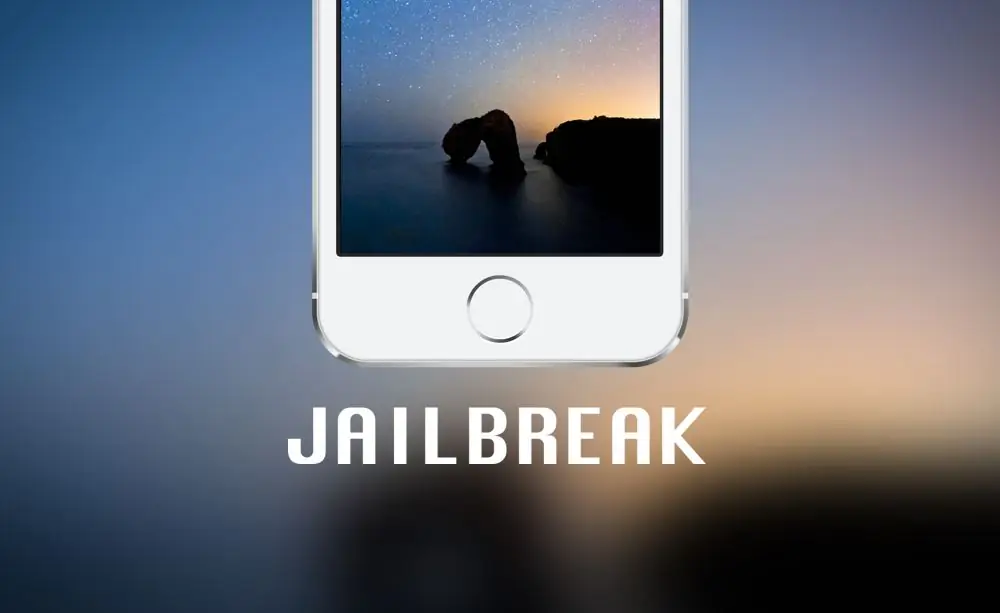
Jailbreak: instructions for carrying out
How to jailbreak your iPhone, iPad or iPod touch:
- Download the latest version of the corresponding jailbreak utility from the official website to your computer.
- Unzip the zip file.
- Connect your device to your computer using a USB cable.
- Disable the password in the settings.
- Disable Find My iPhone: Settings> iCloud> Find My iPhone.
- Put your device in airplane mode.
- Run the application as administrator by right clicking on the file.
- Device discovery starts.
- Check if the firmware version specified by the utility is correct.
- Click Start to continue.
- After jailbreak, the device will automatically respawn, and the Cydia icon will appear on the screen.






